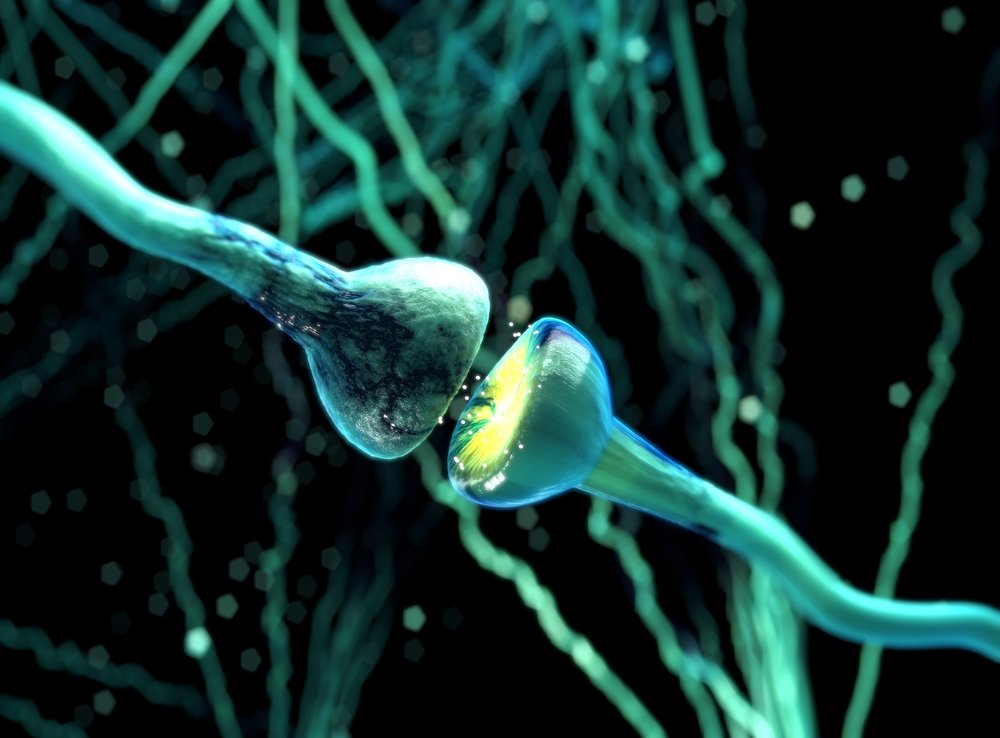Enzyme Possibly Tied to Angelman Is Needed for Connections Among Nerves Cells, Study Finds

Researchers in India might have identified an enzyme that is crucial to forming connections between neurons. Defects in this enzyme – called the Rnf2 E3 ligase – is thought to lead to neuronal conditions like Angelman syndrome.
Their study, “Modulation of hippocampal synapse maturation by activity-regulated E3 ligase via non-canonical pathway,” appeared in the journal Neuroscience. In it, they suggest that the enzyme, Rnf2 E3 ligase, is crucial for the formation of synapses — or chemical connection between neurons. But more research is required to support the idea of the enzyme’s contribution to Angelman disease mechanisms.
The team at the National Brain Research Center in India homed in on the class of enzymes known as E3 ligases.
Most research indicates that Angelman syndrome is linked to abnormalities in the Ube3A gene, which encodes a similar enzyme. An earlier study showed that when Ube3A was lost in a mouse model of Angelman, synaptic connections became abnormal.
Researchers have also observed that another such enzyme, called Rnf2, or RING domain containing E3 ligase, is crucial for nerve cell maturation during brain development.
To explore the role of E3 ligases in synapse formation, researchers screened for enzymes that were more or less active during the period of brain maturation when synapses are formed.
Their experiments identified Rnf2 and suggested that the enzyme becomes active when a neuron is firing. This, they demonstrated, was achieved by a process in which molecules called ubiquitins become attached to the enzyme. This stabilizes the enzyme and allows it to impact synapse maturation.
They then confirmed that the enzyme was found in the hippocampus and cerebellum — two brain regions which have previously been explored in Angelman syndrome development.
Moreover, when Rnf2 was lost, it did not make the nerve cell connection disappear. Instead, it gave rise to “silent synapses” — nerve cell connections that were not sending electrical signals.
This lack of activity was linked to a lack of specific receptors for the neurotransmitter glutamate at the synapse.
Researchers said that it is possible that abnormalities in Rnf2 are linked to those in Ube3A.
To explore if the loss of Rnf2 can really give rise to Angelman syndrome, researchers said that it will be necessary to generate mice that lack the enzyme in specific brain areas, which will also allow scientists to study if the lack is linked to the specific behavioral abnormalities seen in the condition.






